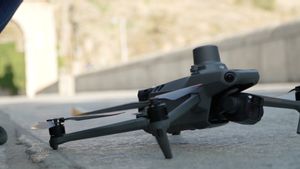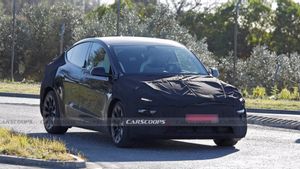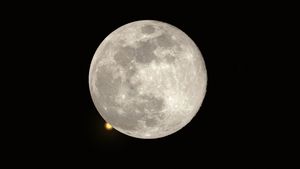JAKARTA NASA revealed a full-scale prototype for its latest telescope. The prototype, dubbed the Engineering Development Unit Telescope, was created to detect gravitational waves in space.
Ryan DeRosa, a researcher at the Goddard Space Center, said that NASA would produce six telescopes from the prototype. Through a partnership with the European Space Agency (ESA), all of these telescopes will be launched for the Laser Interferometer Space Antenna (LISA) mission.
"NASA supplies its six for the LISA mission (in the 2030s)," said DeRosa, quoted from NASA's official blog. "The prototype will guide us as we seek to build flight hardware."
The Engineering Development Unit Telescope will detect gravitational waves using a laser in order to precisely measure the distance, in either a pixel size or a fraction of a million meters, of the three rides scattered in large configurations.
SEE ALSO:
The prototype of this telescope is produced and assembled by a company selected by NASA, namely L3Harris Technologies, which is centered intensifies New York. The device was long developed until it was finally delivered to the Goddard facility last May.
This prototype is made using a yellow ceramic glass called Zerodur. This material is often used as a mirror of a telescope or other device that requires high precision because of its slightly changing shape at large temperatures.
The main mirror of the prototype of the Engineering Development Unit Telescope is covered with gold in order to reflect the infrared laser well. This material is also used to reduce heat loss from the surface due to exposure in very cold spaces.
The English, Chinese, Japanese, Arabic, and French versions are automatically generated by the AI. So there may still be inaccuracies in translating, please always see Indonesian as our main language. (system supported by DigitalSiber.id)

















